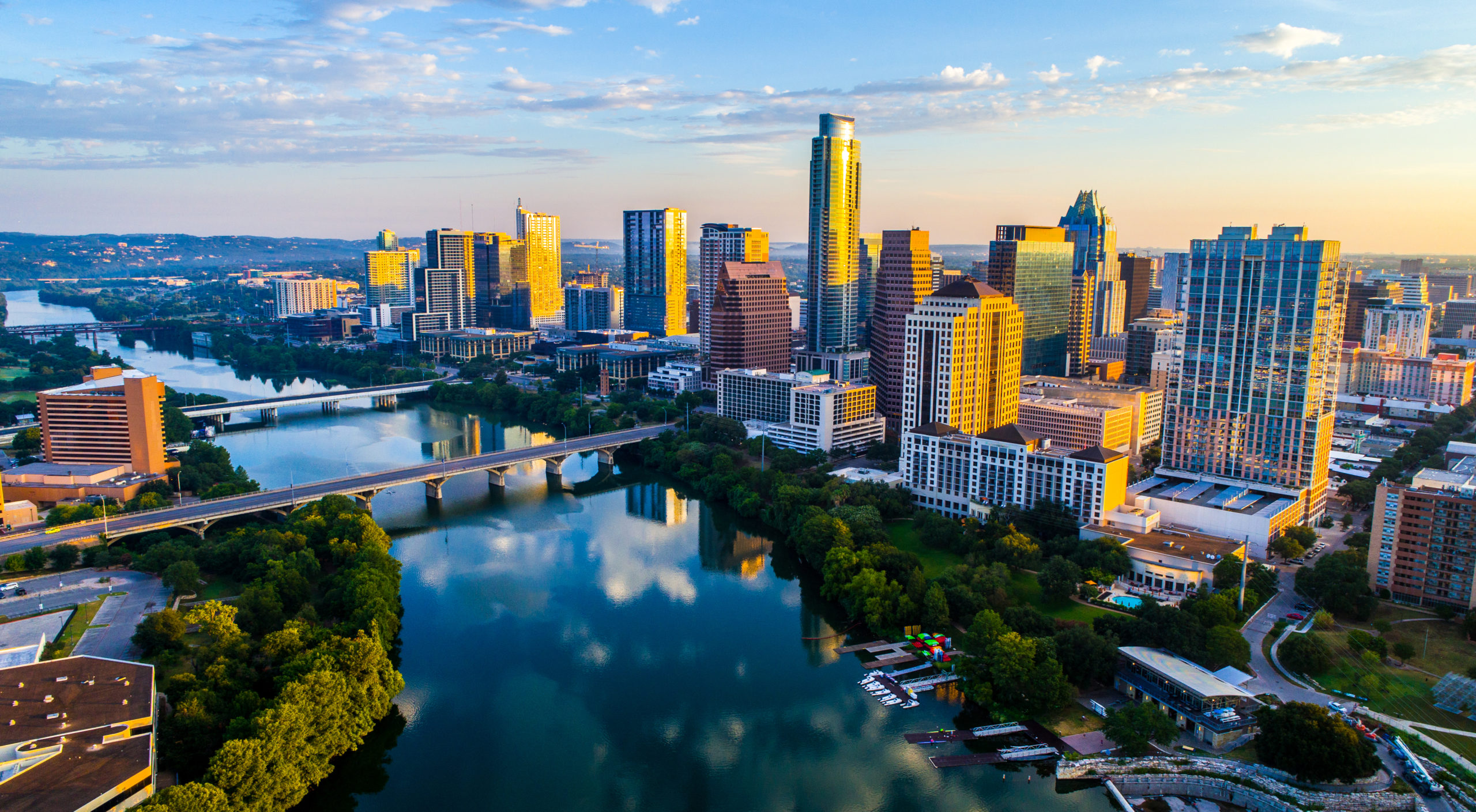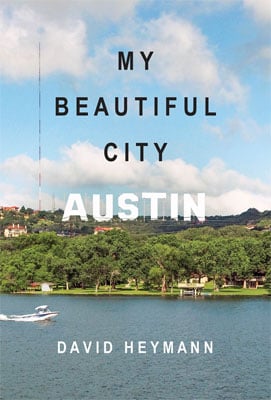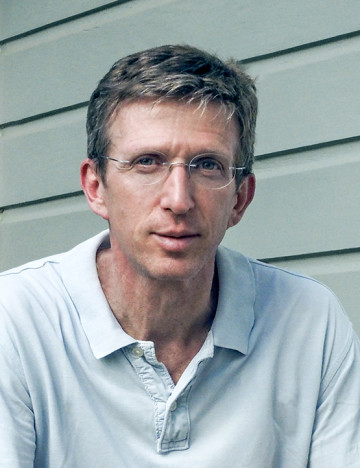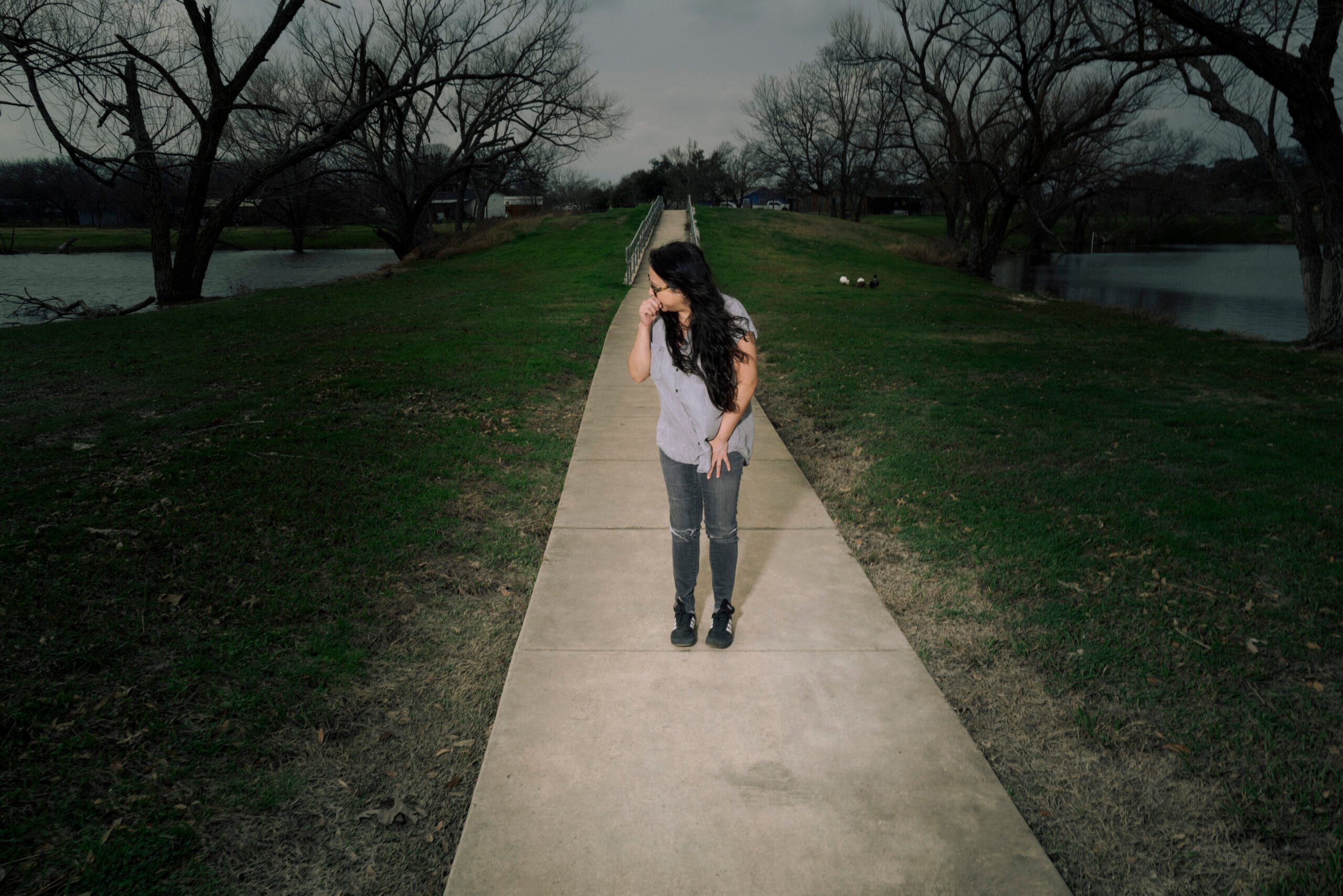
Book Review: Austin, Our Austin

A version of this story ran in the May 2015 issue.
Say what you want about Austin—and woe to the jaded mud-stick who would feign having already heard it all—but it is far and away the reigning champion of the Iconic Texas City sweepstakes. The Space Age cachet that Houston exuded in the 1960s and 1970s via Mission Control and the Astrodome (the 50th birthday of which was celebrated April 9), and the international gloss that TV’s Dallas wrangled for its namesake in the ’80s, gave way in the ’90s (was it Linklater’s Slacker, in 1991, that cemented the vibe?) to the supposedly laid-back cool that currently makes Austin, in the national imagination, the state’s preeminent possessor of cultural capital.
The timing of Austin’s ascent is curious, given that the ATX of the 1990s was already coasting, image-wise, largely on the fumes of a scene burned in the 1970s. But nostalgia for progressively earlier and purer iterations of Austin has been officially sanctioned civic sport since they changed the name from Waterloo. Texans here and far have been playing love/hate patty-cake with Austin for so long that even the backlashes have backlashes.
Austin has become one of not very many American cities that amount to the metropolitan world’s equivalent of the conservation world’s charismatic megafauna. In other words: No one cares if some blind, cave-dwelling cricket in Kentucky gets smushed; let’s save a polar bear. Likewise: Who gives a shit about Houston? Austin is such an amazing music town!
Recent books capitalizing on the collective fascination with all things Austin run the gamut from the execrable (100 Things to Do in Austin Before You Die; self-published) to the memorial (Austin City Limits: A History; Oxford University Press). Never mind the glib parade of Best-City-For listicles forever spilling out of Forbes and Fast Company. If you’ve been here a month, you know the routine: breakfast tacos, paddle-boarders, Barton Springs, ACL Fest, lines for barbecue, oversaturated pics of Hamilton Pool, etc., ad nauseam.

By David Heymann
JOHN HARDY PUBLISHING
$24; 161 pages
It takes a more interesting writer than most to wring juice from the long-wrung rag that is Austin’s self-regard. It turns out that that writer, David Heymann, is professionally, primarily, an architect. Heymann took degrees from Cooper Union and Harvard before coming to Austin to teach at the University of Texas, and is probably most famous as the designer of George W. and Laura Bush’s environmentally sensitive ranch home near Crawford.
I don’t know if Heymann is a good architect; the Bushes still haven’t invited me to Prairie Chapel Ranch. But he’s got a way with words, and this, his first book, is a bracing tonic for the ongoing flood of sentimental, snarky and just plain stupid writing about Texas’ capital. Start with that title: My Beautiful City Austin. It’s an odd phrase titling an odd book. Odd because it lacks a verb, or—if maybe the phrase is supposed to connote some sort of answer—a question. It lacks any obvious use in a sentence, and in that regard it floats free, intriguingly unmoored.
That lack of firm definition befits a book that fits no easy category. Its author calls it fiction, but you could lose a lot of money making bets on what that even means anymore, and, in any case, My Beautiful City Austin is no novel in any traditional sense. Nor—despite some tempting apparent parallels—is it any usual sort of memoir. It’s not quite an essay, or essays, either. It might pass in a pinch for a collection of short stories. It has seven chapters and 161 pages. Call it what you will.
What’s interesting about it, at least to this reader, has less to do with narrative structure or even with character—though Heymann sketches some memorable ones—than with an element sorely lacking from much contemporary fiction, or writing of any sort, for that matter: criticism.
Heymann—an architect who describes himself as “interested in what people want from nature”—has here invented a young architect at near-constant odds with the worst instincts of his clients. He arrives in town to find those instincts most painfully visible in Austin’s western hills:
“Oh man! There were these kids in high school who would suddenly, from one day to the next, be assaulted by a kind of virulent, weeping, unrestrainable acne. Whereas before there had been a hot hairy emptiness, now as far west as you could see these steroidal houses, huge and tall and gross and unseemly and pretentious, were erupting out of the cedar forest like a horrid skin condition, an outburst of limestone whiteheads. The hills on the northern horizon were carpeted with a vast eczema of limestone slathered starter mansions, cheek by jowl, spreading southward unchecked.”

But Heymann’s fictional doppelgänger is no plain crank, and he doesn’t have the status to dictate. He is, in a sense, as pragmatic as the client who “vetoed every good-looking built-in refrigerator for one that would fit a large pizza box.”
“… [E]verything in architecture,” he admits, “all authority and identity, stems from having work. … I decided that my disappointment was the first sign of becoming old badly, like complaining about computers or cell phones.”
“So,” the next chapter begins, “I started making houses for the newly wealthy.”
In the process, of course, the young architect becomes a knowing accomplice in erasing the charm of a city whose most pressing threat is its own popularity, and a central character in the long-running story of Austin as a place that we ruin just by being here.
Like all good takedowns, My Beautiful City Austin is also a not-even-thinly veiled love letter and a coming-to-terms with its narrator’s own disenchantment. Upon his first view of Austin, “It’s as if the city as a discrete and powerful whole had welled up from the bottom of some still stream or lake and roiled the surface before vanishing, leaving in its wake only an image of desire.” Years later, our hero finds that he has created a house that is “nothing you could even photograph without shame.”
This is an intensely engaging book, the record of a writer intensely engaged with his subject. It flows from a position of taste and discrimination, and it requires the engagement of a reader’s discernment in return. In that sense, My Beautiful City Austin may not be for everyone.
If you don’t enjoy dry put-downs unaccompanied by faux self-deprecation, then you may not enjoy My Beautiful City Austin. If you are, say, a chiropractor, you may leave the book thinking that Heymann is kind of a dick. If you’re reflexively suspicious of chiropractors—or enjoy mocking people who wear aggressively architectural eyeglasses, or who call neighborhood meetings to collectively vet residential home designs in Hyde Park, or who poison old oaks to clear a view over Town Lake—you might decide that you enjoy the company quite a lot. My Beautiful City Austin is not anodyne, and bless it for that.
Say what you will about Austin, but no other city in Texas could have inspired quite this book. And that’s all the proof anyone should need that beneath all the talk, beyond any backlash, there remains a city fully and continuingly capable of inspiring love and hate and—most encouraging—art.


